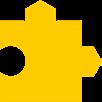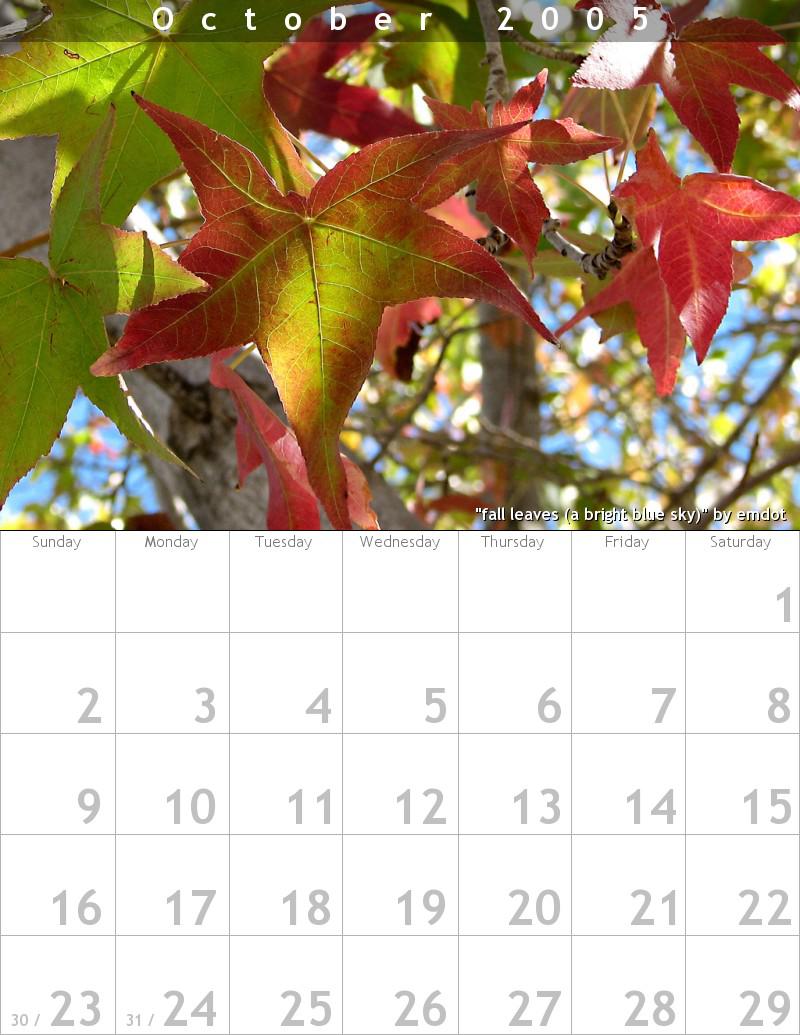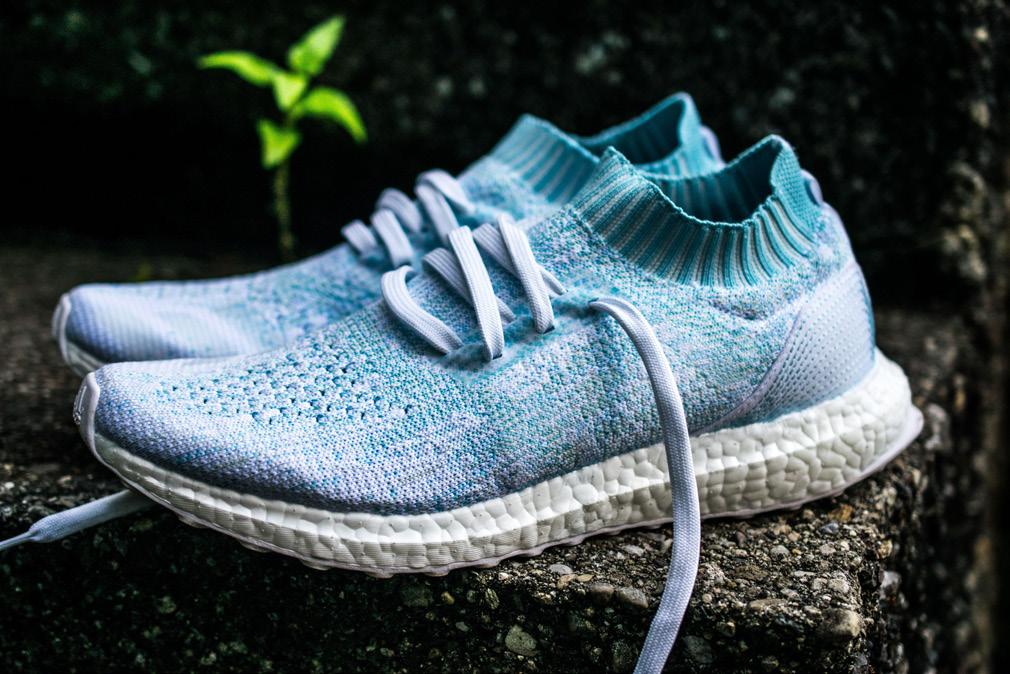Individual Project –Skills Build
Contents
1. Introduction
2. Planning and Organisation Activity
3. Critical Thinking and Problem Solving Activity
4. Creativity and Innovation Activity
Introduction
This Skills Build provides three activities, each one concentrating on one of the Integral Skills – Planning and Organisation; Critical Thinking and Problem Solving ; and Creativity and Innovation . They will involve the Specific Skills, shown in the table, that you will need to demonstrate in the Individual Project Assessment. Using your Personal Effectiveness skills, you will be able to reflect, gather feedback and evaluate how well you are doing.
Integral Skill Specific Skills
1.1 – Identify project rationale.

1.2 – Set appropriate and realistic aims, and objectives.
1.3 – Plan appropriate and relevant research.
Planning and Organisation
1.6 – Define priorities and success criteria.
1.8 – Manage resources, timescales, and potential risks.
1.9 – Manage and prioritise work.
2.2 – Apply methods to solve complex problems, including focused research techniques, to gather primary and secondary information.
Critical Thinking and Problem Solving
2.3 – Select appropriate information by critically evaluating credibility and recognising bias and assumptions.
2.4 – Analyse complex information and draw out key points.
2.5 – Synthesise primary and secondary information containing alternative opinions, views, and arguments.
2.6 – Accurately use an academic method of referencing.
2.9 – Make valid judgements and reasoned conclusions.
Individual Project – Skills build 2
Integral Skill Specific Skills
3.1 – Generate ideas independently.

3.3 – Make connections between different information in order to support outcomes.
3.4 – Use creative thinking to analyse information and ideas.
Creativity and Innovation
3.5 – Consider the feasibility in implementing ideas and outcomes.
3.7 – Explore, refine, adapt and develop appropriate ideas and outcomes.
3.8 – Develop innovative communications that are appropriate to the audience.
4.3 – Demonstrate performance in completing tasks/activities when working independently.
4.4 – Demonstrate a contribution when working collaboratively.
4.5 – Respond to feedback and, when appropriate, give feedback to others.
Personal Effectiveness
4.6 – Reflect and evaluate own behaviours, performance and outcomes when working independently and/or collaboratively.
4.7 – Recognise areas for improvement when working independently and/or collaboratively.
4.8 – Evaluate outcomes achieved in relation to aims, objectives and success criteria.

3 Advanced Skills Baccalaureate Wales
Planning and Organisation Practice Activity
Gather primary information to produce a calendar
Scenario
Primary information is acquired first-hand and involves collecting original information directly from the source instead of information created by someone else.
A picture tells a thousand words. While there are a variety of types of primary information, photographs are often overlooked when carrying out research. They are a record of live events, historical evidence or can catch a simple moment in time. They provide invaluable information about a person, time, or place. They are also a simple and quick way to collect the information you need.
You are tasked with creating a 12-month calendar which will require 12 different photographs. You will gather your own primary information (photographs) ensuring you have a photograph for each month that represents that particular month. There are a wide variety of themes that you could use for your calendar.
Due to GDPR, you must not include people in your photographs.

Individual Project – Skills build 4
Testing Specific Skills
1.1 – Identify project rationale. Task 1
1.2 – Set appropriate and realistic aims, and objectives. Task 1
1.3 – Plan appropriate and relevant research. Task 2
1.6 – Define priorities and success criteria. Task 2
1.8 – Manage resources, timescales, and potential risks. Task 3
1.9 – Manage and prioritise work. Task 3
Tasks
1. Decide on the theme for your calendar – it could be based on sports, a hobby, religious festivals, etc. Remember you must take the photographs. Each photograph taken must reflect the month it represents; you may need to be creative in doing this. Produce a rationale of why you choose your calendar theme and what types of images you want to capture. Set some appropriate and realistic aims and objectives.
A rationale should include but is not limited to the focus, scope and background.
Remember that aims are the strategy, and objectives are specific actions to complete aims.
2. Plan how you are going to gather your research and what your priorities and success criteria are. What photographs do you need? Where will you take them? How long will it take? What resources will you need? What are your timescales?
3. Use your plan to manage and prioritise your work, including resources, timescales, and risks, to create a calendar. You can create your calendar in several ways. Here are some ideas for you: Microsoft Calendars, Vertex, Calendars Quick, or a Word document/PowerPoint. Share your finished product with other learners to gain feedback.
5 Advanced Skills
Wales
Baccalaureate
Critical Thinking and Problem Solving Practice Activity
Report addressing the question ‘Should the legal age to purchase alcohol in Wales be raised to 21?’
Scenario
In Wales, the legal age to purchase alcohol is 18. However, research by the Welsh Government has revealed that Wales has the highest number of underage drinkers in the UK. The Office for National Statistics has found that people in Wales are more likely to be binge drinkers than anywhere else in Britain.
Using the link below, study the infographic which shows the top 10 countries in Europe for binge drinking (for boys and girls). It shows how Wales compares to other countries in relation to teenage binge drinking.
https://www.dailymail.co.uk/news/article-6208243/British-girlsnamed-heaviest-binge-drinkers-Europe-study-finds.html
The consequences of alcohol misuse are significant. According to Senedd Research (2019) there were 14,588 alcohol-specific hospital admissions and 540 alcohol deaths which represented an increase of 7.1%. The Office for National Statistics reports that alcohol-related deaths in Wales increased by 19% to a 20-year high in 2020, and most of these deaths can be attributed to liver disease.
While Wales has a minimum drinking age of 18, the USA’s minimum drinking age is 21. Some countries, however, have no legal age or simply ban alcohol consumption.
Individual Project – Skills build 6
You are asked to write a report to address the question ‘Should the legal age to purchase alcohol in Wales be raised to 21?’, making use of the five sources of secondary information provided below.
Testing Specific Skills
2.4 – Analyse complex information and draw out key points.
2.5 – Synthesise secondary information containing alternative opinions, views, and arguments.
2.6 – Accurately use an academic method of referencing.
2.9 – Make valid judgements and reasoned conclusions.
Tasks
Task 1
Task 2
Task 3
Task 3
Task 3
1. Using the following sources, draw out the key points to help you address the question ‘Should the legal age to purchase alcohol in Wales be raised to 21?’
Source 1
Alcohol and Public Health
Source 2
Are young people in Wales turning their backs on alcohol?
Source 3
Calling Time for Change. Alcohol Harm Reduction Strategy
2020–2024
Source 4
Minimum legal drinking age laws
Source 5
Purchasing and consuming alcohol
7 Advanced Skills Baccalaureate Wales
What methods could you use to draw out key points from complex information?
How could you present your key points to make sense of the information and to bring it together into a logical format?
2. Analyse your information to ensure it contains alternative opinions, views, and arguments that will form the basis of your report.
Could you make use of PESTLE, STEEPLE, PRESTLE to help analyse the sources?
3. Produce a 1000-word report that includes:
• your findings which synthesise the key points from the secondary information sources you have used
• a conclusion which draws together your findings in order to provide valid judgements and clear justification to address the question
• a reference list that uses an academic referencing method.
What organisational features do reports have?
Individual Project – Skills build 8
Creativity and Innovation Practice Activity
Creative response to an environmental issue
Scenario
Seas, beaches and rivers are now a constant source of plastic pollution, where items from takeaway food, drink and general consumption are playing an ever-increasing role in the stream of litter that affects our waterways. Research, published in the journal Nature Sustainability concluded: ‘In terms of litter origins, take-out consumer items – mainly plastic bags and wrappers, food containers and cutlery, plastic and glass bottles, and cans – made up the largest share.’

(Carrington, 2021)
With just 10 plastic products contributing to 75% of all items found to be polluting our main water sources, consumers are evermore encouraged to stem the source of single use plastic and to reuse, recycle and seek alternatives wherever possible.
‘About 11m tonnes of plastic enter the seas each year, and without drastic action, this amount could nearly triple by 2040. Most plastic packaging is used only once, and just 14% is collected for recycling every year, with tens of billions of dollars’ worth of plastic packaging material lost to the economy.’
(ocean.economist.com)
9 Advanced Skills Baccalaureate Wales
Source: Carmen Morales-Caselles et al. (2021)
However, individuals have the power to not only contribute but to control change! Through choices of consumption, materials used and the opportunity to recycle wherever possible, entrepreneurs and designers have the ability to change the design process at the source.
With plastic pollution being a global issue that requires a creative and collective contribution, designers now, more than ever before, have an unprecedented opportunity to change their designs and products for the better. Being a designer is an exciting opportunity and is a chance to re-think the design relationship between waste and developing new solutions to the plastic problem. By using waste as a resource, not only does it remove elements of plastic waste from the environment, it provides designers with brand new resources at their disposal. Upcycling plastic waste in the form of new material is an exciting and creative opportunity for all designers to contribute to reducing plastic waste and their own impact on the environment.
With brand partnerships such as Adidas x Parley designing and producing footwear made from ocean plastic and eco designers such as Sarah Turner making artwork, sculptures and lighting from recycled materials, there is a growing industry associated with reusing and repurposing our waste plastic. This ‘design for good’ industry has never been so important, ecologically, sustainably, morally and economically. As Wales expands on its success of limiting single use plastic, expansion in this design market could further help Wales to meet the goal of becoming a carbon zero economy. As designers, makers and creative experts, the future of sustainable design is in your hands!
Individual Project – Skills build 10
You have been given the opportunity to design and produce an item of your choice from recyclable or found materials.

Testing Specific Skills
3.1 – Generate ideas independently.
3.3 – Make connections between different information in order to support outcomes.
3.4 – Use creative thinking to analyse information and ideas.
3.5 – Consider the feasibility in implementing ideas and outcomes.
3.7 – Explore, refine, adapt, and develop appropriate ideas and outcomes.
3.8 – Develop innovative communications that are appropriate to the audience.
Task 1
Task 2
Task 3
Task 3
Task 3–4
Task 2–4
11 Advanced Skills Baccalaureate Wales
Adidas Ultraboost Parley, environmentally friendly running shoes made in part with Parley Ocean Plastic
Tasks
1. Describe at least three initial ideas of items you could produce. Select and justify your preferred idea by considering feasibility, creativity, and safety.
How could you draw up and demonstrate your ideas? For example, SCAMPER, blue sky thinking, mind mapping.
This is the start of your artefact development record. Record each step of designing and developing the final outcome, remembering to analyse and evaluate the process as you progress. This should include both images and text to demonstrate innovative communications.
2. Make connections between different information and ideas to produce some initial designs for your item. Collaborate with others to gather feedback on your ideas before moving forward with a single design.
How could you gather feedback that informs your design choices? How could you present and record your design choices?
3. Use creative thinking to analyse all your information and ideas to develop the final design for your item. You will need to consider material choices, environmental factors, the safe working practices and the feasibility of your idea. You should refine, adapt and develop your ideas as you progress.
How could you further record your design intentions and practical application, taking into account materials and processes?
Individual Project – Skills build 12
4. Develop and produce your item from recycled or found materials. Record the production process and the final outcome in your development record.
How could you creatively present your item?
13 Advanced Skills Baccalaureate Wales






